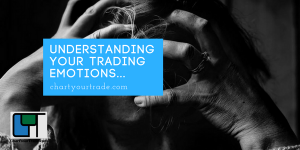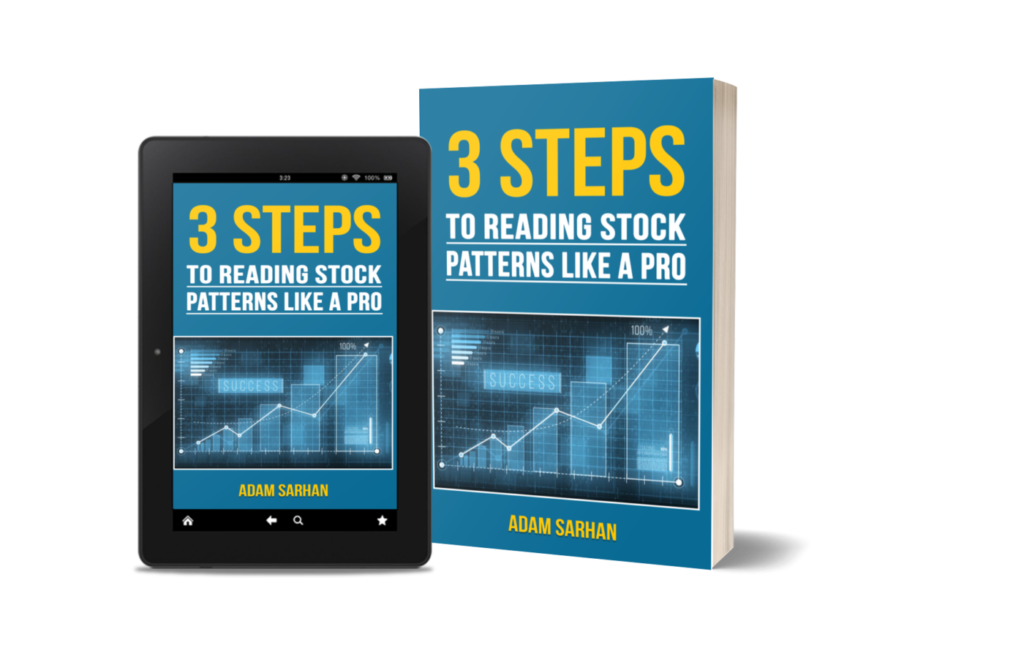 The following is a guest post from our friend Les Meehan. Les is a Peak Performance Trading Coach and Founder RightMindTrading.com. I appeared on episode 20 of his podcast “The Engineered Trading Mindset” and you can listen to that podcast here. Les can be contacted by email at les.meehan[@]rightmindtrader.com
The following is a guest post from our friend Les Meehan. Les is a Peak Performance Trading Coach and Founder RightMindTrading.com. I appeared on episode 20 of his podcast “The Engineered Trading Mindset” and you can listen to that podcast here. Les can be contacted by email at les.meehan[@]rightmindtrader.com
Do you experience different emotions when trading?
I’m guessing for the majority of traders the answer is “Yes!” so in this post I want to share with you some things it is useful to know to better understand and manage your trading emotions.
I also want to pass on to you a little ‘secret’ I have learned from the many professional traders I have interviewed.
Let’s begin by exploring what emotions are and how we can learn to understand them. Once we know how to understand our emotions we can relate this directly to trading.
The good and evil of trading emotions
 We all know that experiencing emotions is a natural and normal part of being human and of being alive. You experience emotion every single moment of your life; a fact that is important to acknowledge and accept. You may even have experienced emotions while sleeping as part of your dreams.
We all know that experiencing emotions is a natural and normal part of being human and of being alive. You experience emotion every single moment of your life; a fact that is important to acknowledge and accept. You may even have experienced emotions while sleeping as part of your dreams.
It is also important to understand that your emotions are a response to a stimulus and don’t just happen for no reason; an emotion is a reaction to something else.
But as we all know there are what we call ‘good’ emotions i.e. those that have a positive effect on us, and there are those we call ‘bad’ emotions because they have a negative impact on the way we feel. Some extreme emotions may even be described as ‘evil’ because they can turn even the most balanced person into a whirlwind of destruction!
These ‘good’ and ‘evil’ emotions turn up in your trading sessions too so it is important to understand them and the impact they have on your trading behaviours – because it will be your trading behaviours that ultimately determine your trading results.
As humans we love to label and categorise things to help us understand the external world and the same is true of our internal world of emotions. The two most general categories we use for our various emotions are ‘positive’ for emotions that make us feel good and ‘negative’ for those that make us feel bad.
So we can better understand the emotion and how it makes us feel we usually have more specific sub-categories of these two general categories.
 For example, you see a picture of a smiling baby (a visual stimulus) and sense an emotional reaction to the picture. Now as soon as you have that reaction, and so you can start to understand it, your mind will instantly begin some internal analysis.
For example, you see a picture of a smiling baby (a visual stimulus) and sense an emotional reaction to the picture. Now as soon as you have that reaction, and so you can start to understand it, your mind will instantly begin some internal analysis.
If you like babies, you may well start this internal analysis by deciding your reaction made you feel good and was ‘positive’ so it goes in the ‘positive’ category (of course if you don’t like babies then your reaction may fall into the ‘negative’ category!)
However, at this general level, it doesn’t tell you much about the specific emotion involved in the positive reaction so your mind may take the analysis to the next level. To better understand your reaction you will need to identify the specific emotion that gave you this ‘positive’ reaction.
So the next level is naming the specific emotion. Let’s say you decide the emotion you are feeling is ‘happiness’; the picture of the smiling baby made you feel happy. So this goes into the ‘happy’ internal sub-category. If instead the picture ‘amused’ you then you will identify the emotion as ‘amusement’ and categorise it accordingly.
Once you have identified and ‘labelled’ the emotion you will better understand the reaction it caused and since you know the original stimulus (the picture of the baby) you have the ‘cause and effect’ process figured out.
At this point you know the cause and effect but one further internal analysis step is necessary and this answers the vital question “What does this mean to me?”
It is one thing to know the cause of a reaction and the emotion involved but an experience has no significance until you give it ‘meaning’.
Generally, the more meaning you give to an experience the more important that experience will be for you. Two common phrases sum this up nicely: “That means a lot to me” i.e. that is important to me and “That means nothing to me” i.e. that has little or no importance/significance for me.
Interestingly, the level of importance will be a key factor in the behaviours and actions that follow the emotional reaction.
This brings us to an important point…!
To fully understand an experience it is normal to need to know and understand at least three things:
- The cause of the original stimulus
- The emotional reaction to that stimulus
- And this is crucial, the ‘meaning’ you decide the experience has for you.
When you don’t have enough information about these three things you may be left with a sense of confusion or that something is missing and you certainly won’t feel you fully understand the experience you had. Remember those times when you said to yourself “I just don’t understand what just happened!?” That’s because the answer to one or more of the items in the list above was missing from your internal analysis.
Discover your own ‘Good’ and ‘Evil’ emotions
So we have now discussed the difference between good and evil emotions and explored a simplified model of the internal analysis process used to identify and categorise the emotion involved in an experience.
We also understand that in general the ‘good’ emotions make you feel positive in some way and the ‘evil’ emotions make you feel negative.
However, due to the ‘emotional roller coaster’ nature of trading, it is important for traders to be as emotionally aware as possible in order for you to be able to manage the various emotions as they arise.
A simple way to improve your trading emotional awareness is to regularly assess which are your own ‘good’ and ‘evil’ emotions and how they make you feel so you can recognise each of them as they become active. In this way you will be better placed to manage your response to the emotion before it causes behaviours that might damage your trading confidence and/or your trading account.
It is quite easy to assess whether you feel positive or negative for any emotion you happen to be feeling and I have prepared an easy to follow worksheet (see link below) that walks you through a simple practical method you can adopt to do this emotional assessment.
I call the method your ‘Emotional Check-In’.
When good emotions can be evil and evil emotions can be good
Unfortunately, just because a positive emotion can make you feel good and a negative emotion make you feel like throwing up doesn’t actually guarantee that a particular emotion is good or bad for you in terms of your trading behaviours.
Emotions should be looked upon as signals from your unconscious mind that something needs your attention.
An evil emotion that makes you feel bad might be a warning that your unconscious mind has noticed something you need to pay urgent attention to. Conversely, a good emotion might be a sign that all is well and you can relax.
However, and this is where regular Emotional Check-ins are so useful, the message you receive from each type of emotion needs to be taken seriously because this is your unconscious mind looking after your best interests.
Just because you feel good doesn’t automatically mean all is well in your trading! The classic example of this is over-confidence (a good feeling) after a good win. In this ‘good feeling’ state many traders are so eager to get back in they ignore their trading plan and then end up losing.
Once you are able to assess your emotional state at any given time, the crucial next step is to actively manage what you do next because this is what will make or break your trading success.
The ‘Secret’ to emotional trading
I mentioned at the beginning that I would share with you a ‘secret’ I have learned from many professional traders who admit to being emotional when they trade.
Unfortunately, I seem to have run out of space here so you will find a full explanation of that in the ‘EQ Check-In’ worksheet you can download here and get started right now.
Les Meehan is a peak performance trading coach and founder of the RightMindTrading.com Academy. He can be contacted by email at les.meehan[@]rightmindtrader.com


